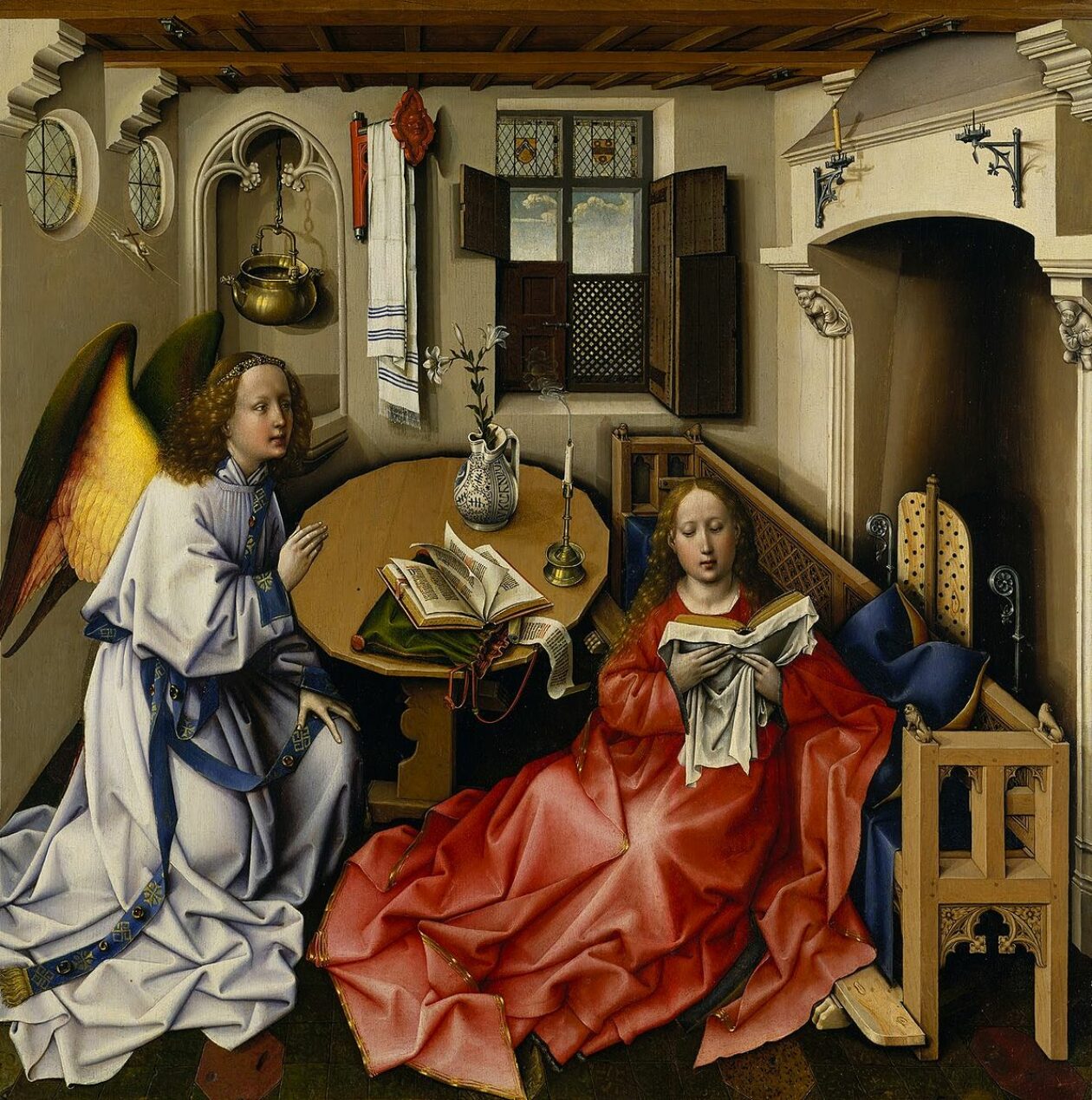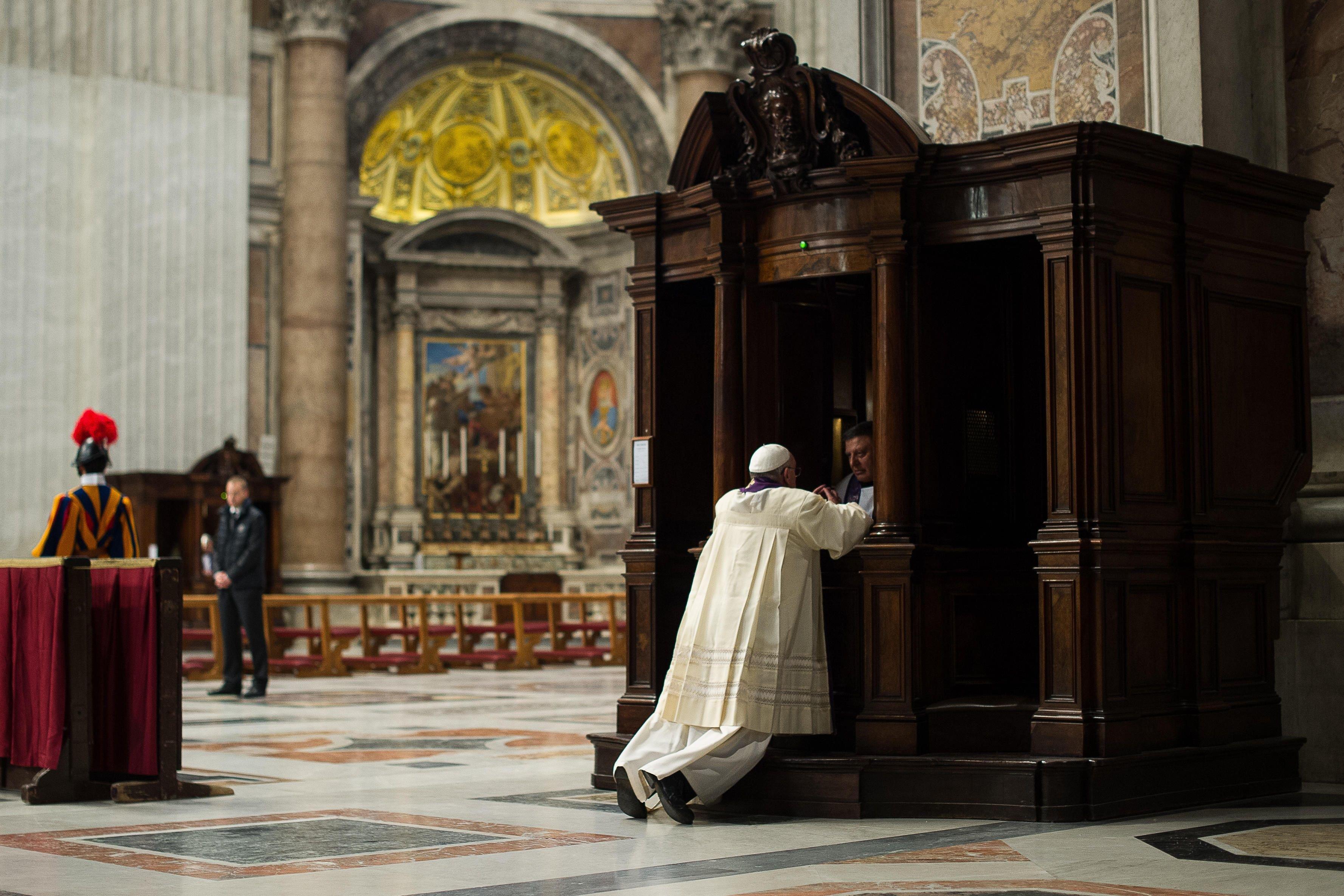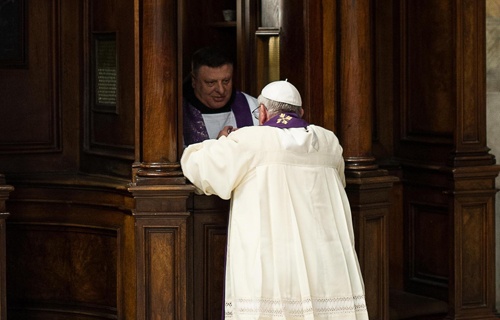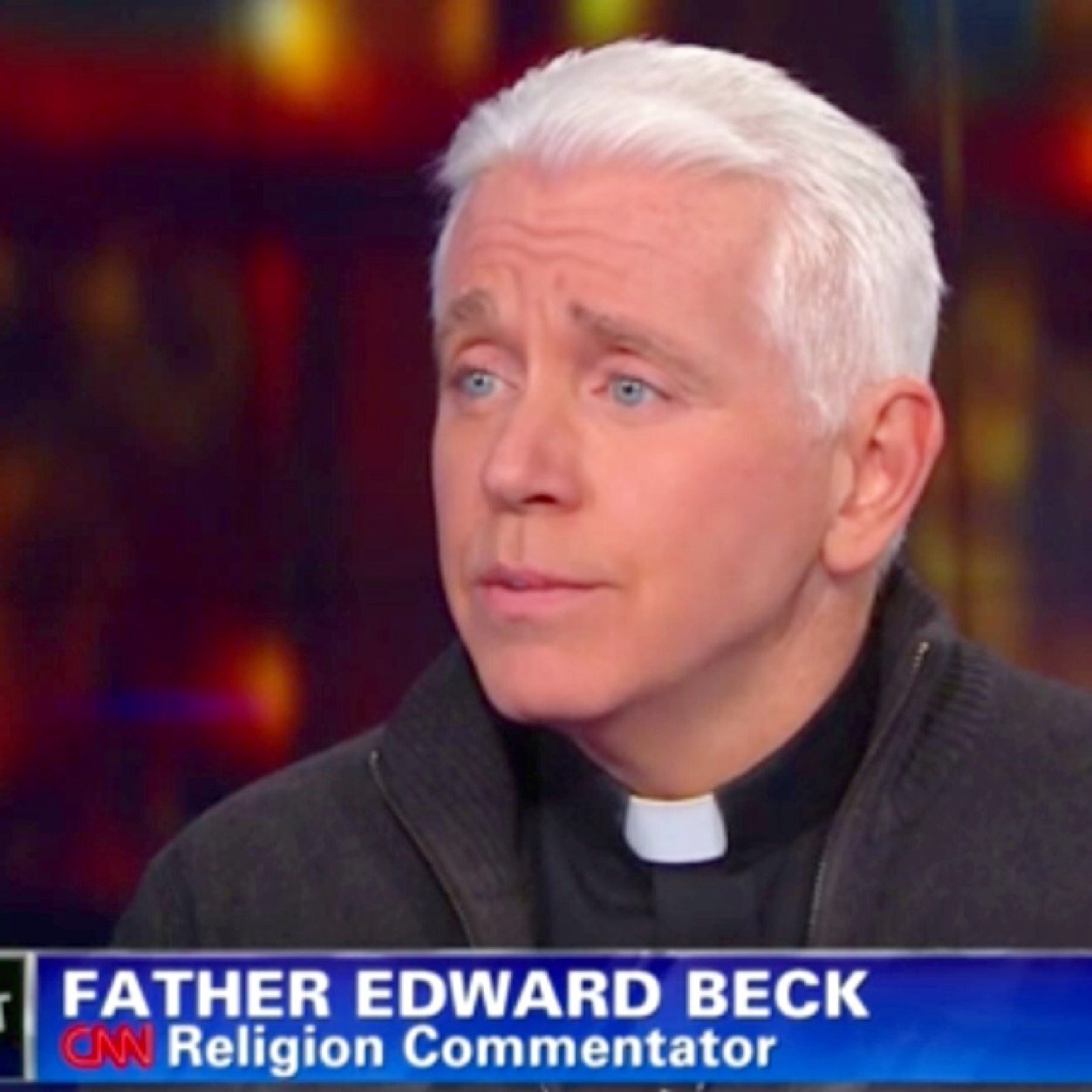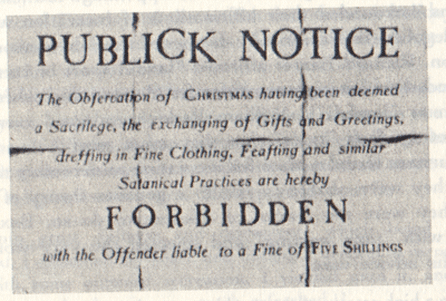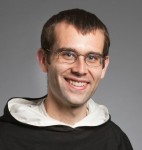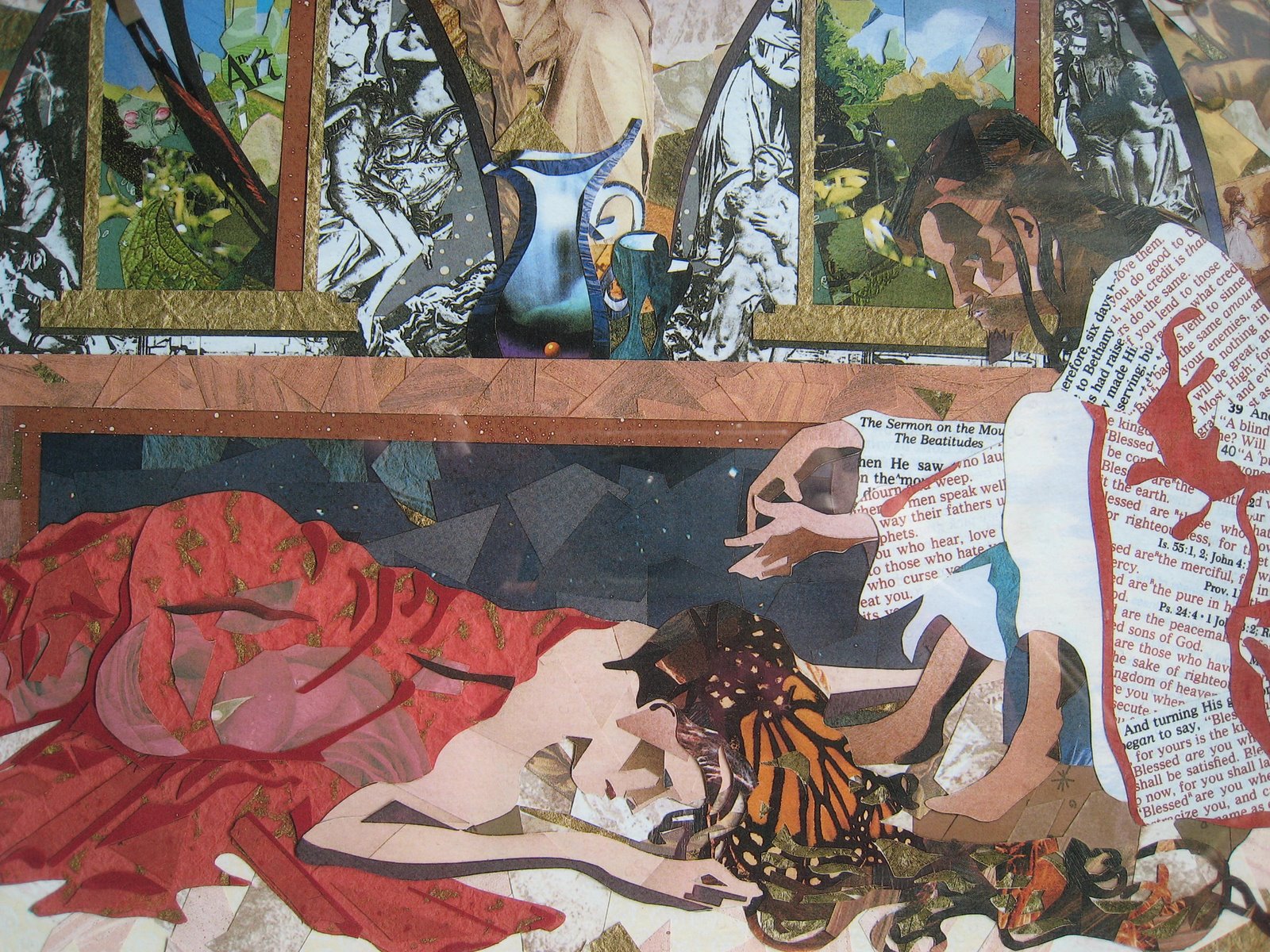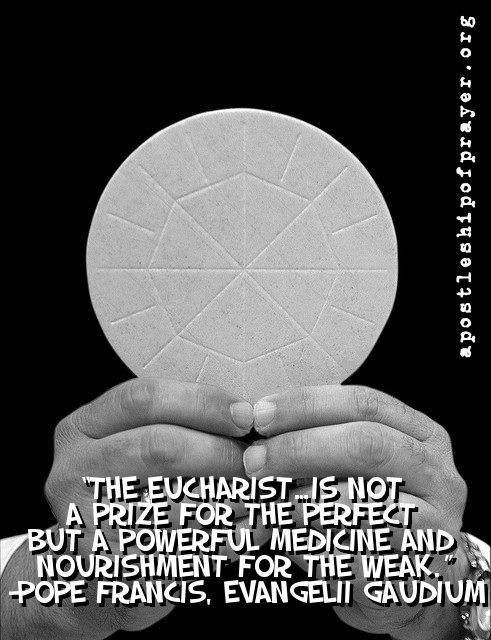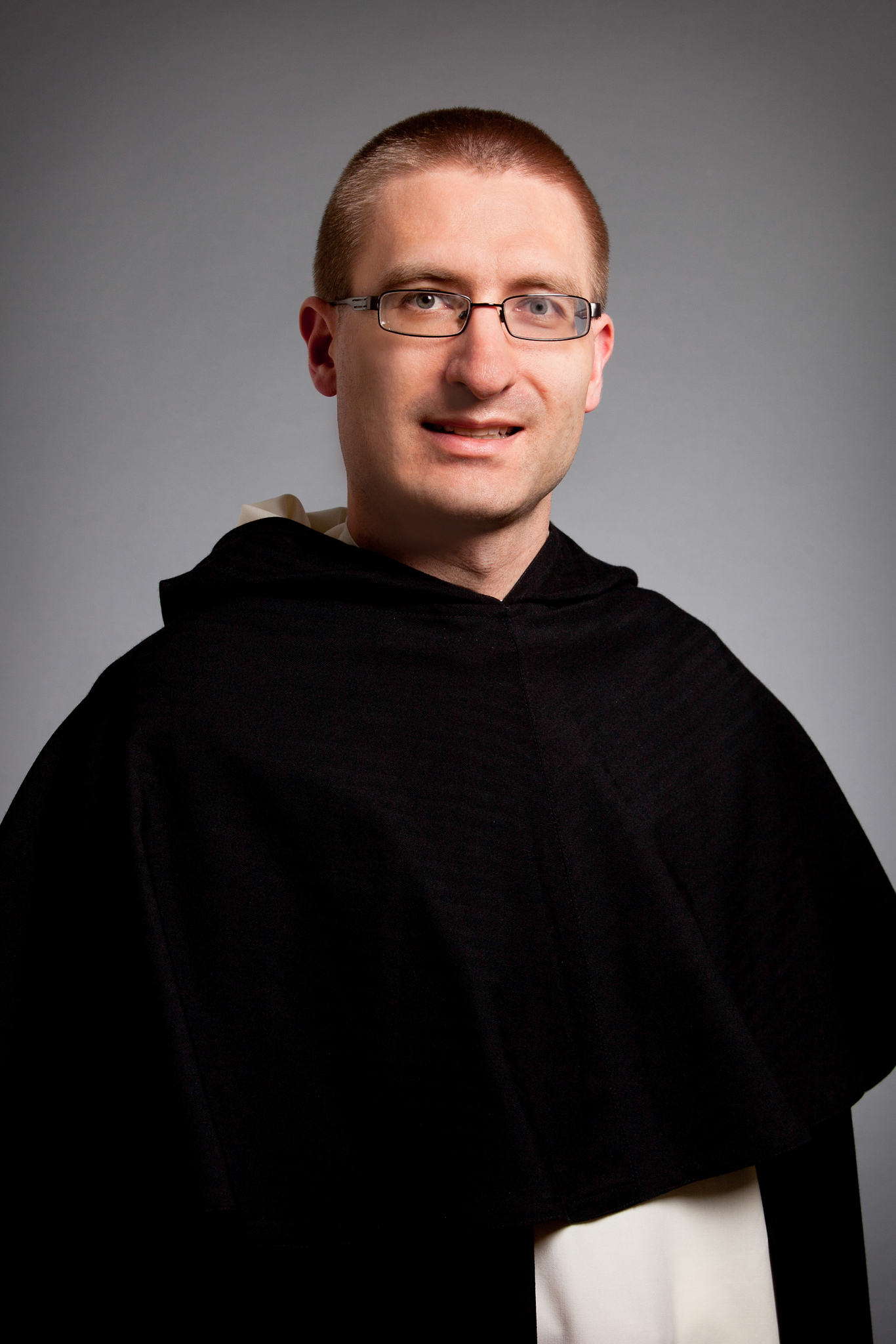Everyone’s least favorite sacrament, I realize. Imho, we need to start hearing GOOD homilies that address sin in a healthy, but straightforward way, no canned sermons, no ill-prepared random thoughts, just cause you can. No more bad liturgy, bad music, bad children’s choirs, as cute as they may be. Good, edifying liturgy, unsullied by parish politics. Keeping the peace at the cost of the Good News? Sin and its deleterious effects, not just “happy, happy, joy, joy”. No sin, no need for a Savior, right? Maybe after five decades, of “happy, happy, joy, joy” we no longer are sinners? That could be the impression. Works for me, and a lot of others, too, apparently.
Real homilies, GOOD homilies. We ask clergy to do a LOT!!! There is a PLETHORA of FUNDRAISING on Sundays, of EVERY flavor. Give the cows a break, would ya’? The business NEVER gets neglected. The Catholic Church NEVER met a dollar or other currency, it didn’t like. If you want a return to the confessional, the clergy leading by example, as they always should. And, cool it with the money. It’s a real turnoff. Imho.
I’ve thought about the “take it directly to Jesus” approach. I have. I need to name my sins, TO ANOTHER PERSON, for me, to make sure I really “own” the responsibility, that I truly am no longer in denial, not a river in Egypt, and face it, directly. A BIG part of being forgiven, for me. I need to hear another human being say to me “I (God) absolve you…” I NEED that. A nun or two has also heard my confession, as well, informally. I feel just as absolved. I do. Thank you, Fathers & sisters. Thank you.
http://americamagazine.org/issue/615/article/bless-me-father
Bless Me, Father
May 21, 2007 Issue, America Magazine
-by Rev. James Martin, SJ
“The statistics are alarming. According to the Center for Applied Research on the Apostolate, a survey in 2005 showed that 42 percent of Catholic adults, when asked how often they went to confession, answered Never.
Alarming but hardly surprising. Is there any American Catholic who does not know how empty the confessionals are in this country? The days of ritual visits to confession on Saturday afternoons are over for most Catholic families. In that same survey, 32 percent of Catholics said they confess their sins to a priest less than once a year.
More worrisome is the fact that active Catholics, not just lapsed or lukewarm Catholics, avoid the sacrament of reconciliation. Brian Stevens, 35, is a Catholic who is completing a master’s degree in pastoral ministry at St. Thomas University in Miami, and has just accepted a job with Catholic Charities. He does not go to confession. One reason he stopped was that he could not find a parish he liked. Not going to confession goes to the heart of feeling disconnected from the local church, Stevens said. He disagrees with blaming the laity, adding, There’s a reason for the decline; it points to a flaw in the way it’s been presented. It’s not the people’s fault.
Many younger Catholics in particular find the sacrament beside the point. Tom Beaudoin, a theology professor who writes frequently about young adults, notes that for his students at Santa Clara University in California, the sacrament is simply not an issue. I have had students talk to me about baptism, marriage, funerals, but never confession, he said. It hardly registers with them.
What has happened to confession in the U.S. church of the 21st century? Has there been a flaw in its presentation? More important, what can be done to invite Catholics to participate in the sacrament that is at the heart of our experience of the love and mercy of God? In short, how can the sacrament of reconciliation register with people?
What Happened?
Even a short history of the sacrament could fill volumes. Briefly put, the rite of reconciliation developed gradually. It is based on Jesus’ granting to the apostles the power to forgive sins, as recorded in the Gospels (Matt 16:19, John 20:23). During the first and second centuries, Christians debated whether a baptized person who had committed serious sins (for example, murder, adultery or apostasy) could be reconciled to the church. In the third century, Tertullian advanced the idea of penance, which took the form of a public act of penitence. But what most Catholics would call confession did not began in earnest until the late sixth century, when Celtic priests began to incorporate auricular confessions as part of their spiritual counseling. By 1215, theologians at the Lateran Council were reflecting and writing on the practice, which had become more widespread. The Council of Trent also took up the sacrament, laying down clear guidelines for its use.
The Second Vatican Council placed a greater emphasis on sin as an offense against both God and the community. It also declared that the rites of the sacrament were to be revised so that they more clearly express both the nature and effect of this sacrament. Vatican II defined three forms of the rite, renamed the sacrament of reconciliation: first, for individual penitents; second, for several penitents with individual confession and absolution; third, for several penitents with general confession and absolution. In the wake of Vatican II, Catholics grew accustomed to seeing reconciliation rooms supplementing or replacing the old confessionals.
The sacrament, then, has been developing slowly over centuries. So how did the church in this country move in just a few decades from full to empty confessionals? Most experts point to a confluence of factors.
The first is a profound change in the sense of sin. As John Baldovin, S.J., a liturgical scholar, points out, this is both good news and bad news. On the one hand, we’re not obsessed with sin any longer, he said. On the other hand, people don’t think of themselves as sinners, which is a big problem.
Some observers note factors like an American culture that increasingly stresses victimization, rather than taking full responsibility for one’s sinful actions. Many are not all that open to recognizing personal responsibility, said Archbishop Donald Wuerl of Washington, D.C. Contemporary Catholics may also feel that the psychologist or spiritual director fills the same needs that the confessors once did.
The second is a shift in emphasis on the presentation of the sacrament. After Vatican II, not only did priests begin to speak more frequently about social sins, like racism and sexism; they also reminded parishioners that the penitential rite at the beginning of the Mass was an important way to reconcile oneself with God and others. Father Baldovin surmised that because of the new three-year cycle of readings, priests were also preaching more homilies about stories of the forgiveness of Jesus, emphasizing God’s mercy more frequently than before. While they heard the good news, this may have relativized their sense of sin, he said. As a result, some Catholics may have become confused about whether or not confession is still necessary.
A few Catholics have told me that the church’s ecumenical stance after Vatican II further influenced their view of confession. Mary Collier, 60, a lifelong Catholic in Peoria, Iowa, said, If God is going to welcome Protestants and non-Christians to a life beyond, and they didn’t go to confession, I highly doubt that I’ll be left out because I’m not going. She almost never participates in the sacrament. I’m part of that 42 percent, she said.
Overall, said Kurt Stasiak, O.S.B., author of the widely used manual A Confessor’s Handbook, Parishioners don’t get a sense that this is an important thing to do.
The third reason behind so many empty confessionals, according to nearly all observers, is the publication of Humanae Vitae, in 1968, the Vatican’s encyclical on birth control, whose teachings on contraception were not only widely rejected by many American Catholics but also, in the eyes of those who disagreed, lessened the credibility of the church’s stance on sexual morality in general. Catholics began to doubt not only the need to confess sexual sins but also the moral authority of the church, whose representatives would absolve them from these sins.
The fourth reason may be the simplest: because of busier lives, American Catholics are not as able to keep the Saturday afternoon ritual of going to confession with their familyif they know about that practice. Very few people under the age of 35 even have the experience of that as a weekly event, said Paula Fitzgerald, a campus minister at John Carroll University in Ohio.
Taken together, these four reasons help to explain why short confession lines are the norm today. According to the CARA survey, only 12 percent of Catholics go to confession more than once a year. Perhaps the more important question is: What can the church do about it?
Old Strategies, New Solutions
While most scholars agree that the sacrament has fallen on hard times, they also agree on steps that can be taken to rejuvenate the sacrament and reintroduce it to the faithful. Father Stasiak, who teaches at St. Meinrad’s School of Theology in Indiana, said that while the sacrament is on the decline, some parishes are attracting many people to confession.
He notes four general strategies, echoed in various ways by other experts, which make for good attendance at confession.
First, priests can encourage their parishioners to participate in the sacrament. Priests can talk from their own experience about the sacrament, not as an obligation but as an opportunity, said Father Stasiak. Bishop John Cummings, the emeritus bishop of Oakland, Calif., agrees. Where there are priests who are cheerful and hopeful about the sacrament,he said, it will work.
The biggest barrier in many Catholic minds to such encouragement is the notion that the sacrament is unnecessary. Monica Andrews, 35, a former campus minister, is a social worker who lives in Seattle with her husband and infant daughter. She hasn’t seen a priest for confession in eight years. I just don’t feel that I need to verbalize my sins, she said. I feel like I can confess to God in prayer. Mary Collier raised a similar objection. Nothing against priests, but why go to a human being to ask for forgiveness if I can go to God?
Pastors are trying a variety of ways to respond to such objections. During this past Lent, Archbishop Donald W. Wuerl, of Washington, D.C., rolled out an ambitious archdiocese-wide program, The Light Is On for You, designed to attract people back to confession. This is a moment when we need to be aware of how diminished the sacrament is, in terms of its regular use, said the archbishop. When asked about these objections, he responded that Jesus established things in such a way that people could be assured of forgiveness. It’s a human need to hear from the other side, I accept that,’ he said. Jesus built that into the sacrament.
Father Stasiak suggests that the parable of the prodigal son is helpful when responding to such objections. Imagine how different the story would be if, instead of the forgiving father meeting the son with outstretched arms, the younger son had come home and found a note from the father tacked to the door. You need that personal connection, Father Stasiak said.
A second component concerns the priority of scheduling. Today the traditional Saturday afternoon hourlong time slot may be both insufficient and poorly timed, given many families’ busy weekend schedules. The problem is exacerbated in one-priest parishes or when a single priest is asked to care for several parishes. But timing may be everything. A centerpiece of Archbishop Wuerl’s Lenten initiative was asking all the churches in the Washington Archdiocese to remain open from 7 to 8:30 on Wednesday evenings during Lent, as a way of recognizing the timetables of contemporary lives. Why not offer it when people have a chance of being free? the archbishop said. We need to make the sacrament available in a way that people can actually access it.
Creative scheduling of penance services, including seasonal communal gatherings during Advent and Lent, may also encourage Catholics who may feel turned off by the box. And Paula Fitzgerald noted that retreats and spiritual direction at John Carroll have helped young Catholics feel more inclined toward the sacrament. During spring break this year, at the 10 p.m. Mass we had two or three students approach the presider to say, We came from retreat, would you hear my confession?’
Third, the church needs to do a better job in catechesis, say experts. Peter Fink, S.J., editor of The New Dictionary of Sacramental Worship, who taught the confession practicum at the Weston Jesuit School of Theology for 31 years, put it bluntly: It has been a failure of catechesis. Father Fink, who is now associate pastor at St. Francis Xavier Church in New York City, suggested that catechesis should move from focusing on sins that need to be forgiven to forgiveness that heals sinfulness. We have failed to convince people that the sacrament is more about how good God is than how bad we are. Poor education of the faithful in the basics lies at the heart of the decline of participation in the sacrament. Some adult initiation programs, for example, still spend only a few minutes discussing the sacrament.
Ironically, some Catholics who do not go to confession nevertheless show a deep understanding of what the sacrament should be. Brian Stevens said, If it was actually about reconciling oneself to the community it would make more sense. Appealing to some Catholics may be as basic as reminding them that what they are seeking is what the sacrament is already designed to offer.
Archbishop Wuerl responded to the catechetical problem by issuing a lengthy (and highly readable) pastoral letter to his archdiocese, titled God’s Mercy and the Sacrament of Penance, as part of his Lenten renewal program. It covers both the scriptural and more broadly theological bases for the sacrament, and it uses an encouraging tone and basic language that make it easy for most Catholics to hear and understand. The sacrament of reconciliation is the story of God’s love that never turns away from sin, reads the letter. It endures even our shortsightedness and selfishness.
To ensure that the message would be heard, the Archdiocese of Washington distributed 100,000 brochures and launched what The Washington Post called a marketing blitz, buying ad space on buses, billboards and on the radio.
Finally, parishes can provide good confessors. People will be more likely to gravitate to good confessors if they can be assured of compassionate priests, who will, as Father Fink says, speak a word of forgiveness. This is not to say that every priest or bishop can be a Padre Pio or a John Vianney, who were renowned for their skill as confessors. (St. John Vianney, the Curé of Ars, is said to have spent 16 hours a day in the confessional.) But hearing confessions is an art. Father Stasiak addresses it at length in A Confessor’s Handbook, which includes a helpful list of dos and don’ts, like Do not accuse; do not insult and Don’t get caught up in your own words.
An even more basic idea comes from Father Fink, who said, I used to tell my students simply to imagine what Jesus Christ would say to the person before you.
God’s Mercy
Archbishop Wuerl is hopeful about the long-term results of his Lenten program. So far it has been remarkably successful, with a dramatic increase in people coming to the sacrament, he noted a few weeks after it started. Churches where the sacrament remains a vital part of parish life tend to use a combination of strategies.
Parish priests and pastoral associates must trust that in this sacrament the church is offering something of value even today to a society that minimizes sin, emphasizes victimization over personal responsibility, places enormous demands on people’s time and fosters distrust of institutions. The sacrament of reconciliation offers something everyone desires: God’s mercy. As Father Peter Fink said about his own need for the sacrament, I go to stand before God as a sinner and to hear a word from God that says, Don’t go away. I’m still with you.’”
Love,
Matthew
